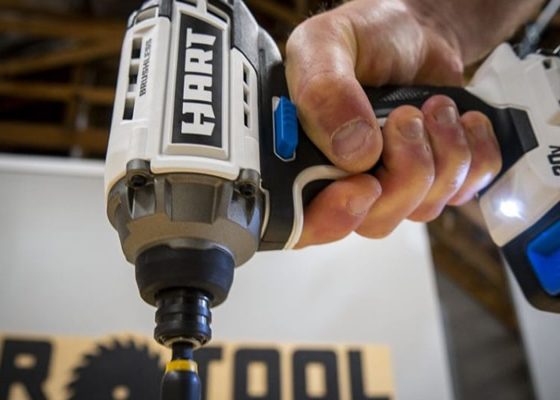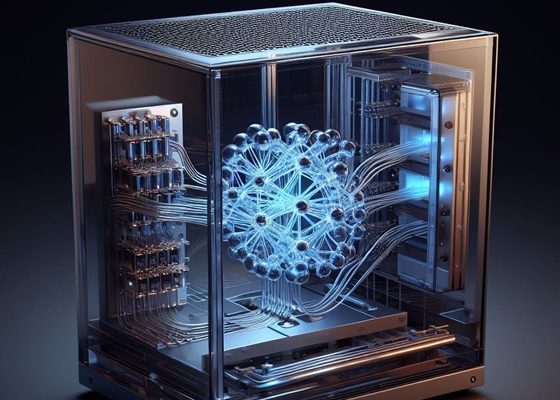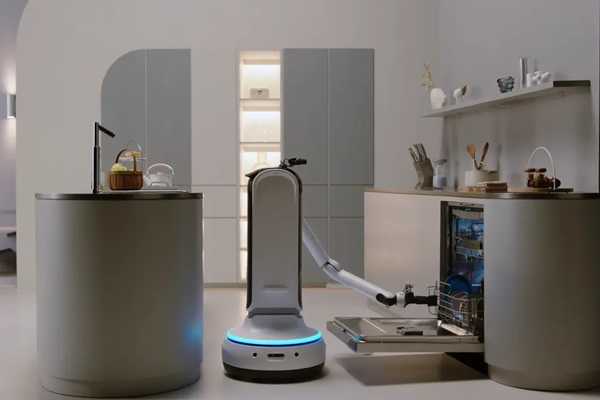
The emergence of robotic home assistants has revolutionized the way we approach household chores. These autonomous cleaning gadgets have transitioned from novelty items to indispensable tools in our quest for pristine living spaces. In this comprehensive guide, we’ll delve into the captivating world of modern cleaning robots, exploring their evolution, types, key features, benefits, challenges, and the exciting trends shaping the future of home cleaning.
Introduction
The integration of robotics in our homes is no longer confined to science fiction. Today, it’s a reality. Robotic home assistants are a testament to human ingenuity, making daily life more convenient than ever before. These mechanical marvels are engineered to sweep, mop, and scrub, ensuring your floors and surfaces gleam with minimal human intervention.
Evolution of Cleaning Robots
The journey of robotic home assistants back to their humble beginnings. Early innovations, such as Roomba’s debut in the early 2000s, laid the foundation for the advanced models we see today. Technological breakthroughs have allowed for the development of increasingly sophisticated cleaning robots, redefining the cleaning landscape. Market growth reflects the surging demand for these robotic helpers.
Types of Robotic Home Assistants
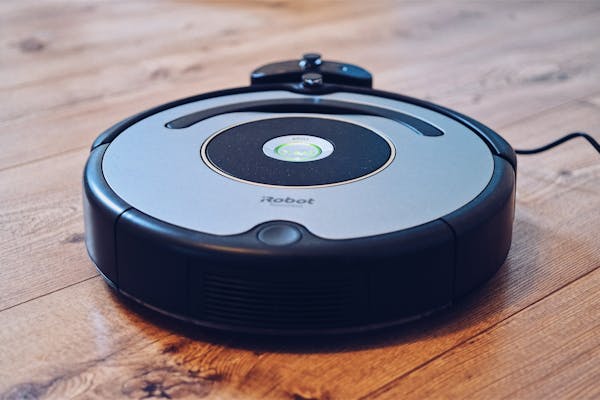
- Vacuum Cleaners: The workhorses of the cleaning robot world, they tirelessly navigate through your home, sucking up dust and debris.
- Mopping Robots: Designed to mop and scrub floors, they complement the vacuum cleaners, providing a comprehensive cleaning solution.
- Window Cleaners: Equipped with suction mechanisms and smart algorithms, these robots scale windows with ease, making a challenging task effortless.
- Pool Cleaners: Dive into the realm of aquatic cleaning, as pool-cleaning robots efficiently remove dirt and debris from your swimming pool.
- Gutter Cleaning Robots: Safeguard your home from water damage by employing these specialized robots to clear out leaves and debris from your gutters.
- Multi-Purpose Cleaning Bots: Versatile cleaning assistants that adapt to a variety of cleaning tasks, from dusting to pet hair removal.
Key Features to Look For
- Navigation and Mapping: Advanced sensors and mapping technology enable robots to efficiently navigate your home, ensuring no spot is missed.
- Cleaning Performance: Powerful suction and scrubbing capabilities deliver spotless results, while AI algorithms optimize cleaning patterns.
- Battery Life and Charging: Longer battery life and efficient charging systems ensure your cleaning robot can tackle larger spaces.
- Remote Control and Smartphone Apps: Control your cleaning robot from your smartphone, setting schedules and monitoring cleaning progress.
- Compatibility with Smart Home Systems: Seamlessly integrate your cleaning robot into your smart home ecosystem, enhancing convenience.
- Noise Levels: Whisper-quiet operation is now a standard feature, ensuring minimal disruption during cleaning.
Top Robotic Home Assistants
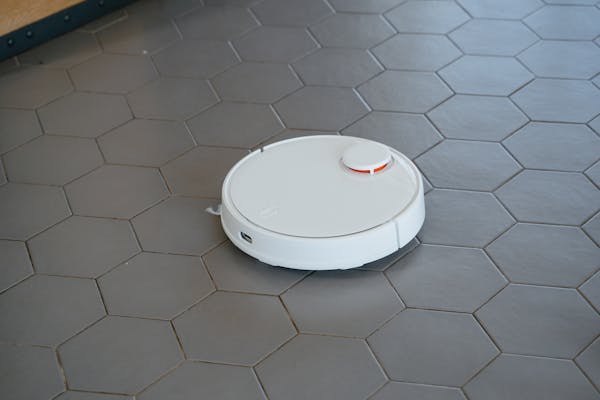
Brand 1 – Model A
- Design and Build Quality: Model A boasts a sleek, minimalist design and sturdy construction for longevity.
- Cleaning Modes and Performance: Multiple cleaning modes tailored to different floor types and an impressive cleaning performance rating.
- User-Friendly Features: Intuitive controls, voice command support, and a user-friendly app make it accessible for all.
- Price Range: An attractive price point for the quality and features it offers.
Brand 2 – Model B
- Design and Build Quality: Model B combines elegance with robust materials, and promising durability.
- Cleaning Modes and Performance: A range of cleaning modes that adapt to your specific cleaning needs, backed by stellar performance.
- User-Friendly Features: Seamless integration with smart home systems and a user-friendly mobile app.
- Price Range: Competitive pricing for the features on offer.
Brand 3 – Model C
- Design and Build Quality: Model C’s design marries aesthetics with practicality, ensuring it’s a complement to your home decor.
- Cleaning Modes and Performance: With cutting-edge cleaning modes and consistent performance, Model C is a top contender.
- User-Friendly Features: An intuitive app interface, voice control capabilities, and compatibility with major smart home systems.
- Price Range: A premium option for those seeking the best in robotic cleaning.
How Robotic Home Assistants Work
- Sensors and Cameras: These gadgets employ an array of sensors and cameras to perceive their surroundings, ensuring they avoid obstacles and navigate efficiently.
- Algorithms and AI: Smart algorithms analyze data collected by sensors to optimize cleaning routes and patterns.
- Mapping and Navigation: Mapping technology enables precise navigation, ensuring thorough coverage of your home.
- Cleaning Patterns: Complex algorithms dictate cleaning patterns, adapting to various floor surfaces.
- Obstacle Avoidance: Sensors and obstacle-detection algorithms prevent collisions with furniture and pets.
Benefits of Using Robotic Home Assistants
- Time-Saving: These robots free up your time for more enjoyable activities while maintaining a clean home.
- Improved Cleaning Efficiency: Advanced cleaning modes and algorithms ensure no speck of dust goes unnoticed.
- Reduced Physical Strain: Eliminate the need for manual cleaning, reducing strain on your body.
- Consistency in Cleaning: Cleaning robots follow predefined patterns, ensuring a consistent level of cleanliness.
- Allergy-Friendly: Many models feature HEPA filters, making them ideal for allergy sufferers.
- Multi-Tasking Abilities: Some robots can handle multiple tasks, such as vacuuming and mopping, in a single cleaning session.
Challenges and Limitations
- Initial Investment: High-quality cleaning robots may require a significant upfront investment.
- Maintenance and Repairs: Routine maintenance and occasional repairs are necessary to keep your robot in optimal condition.
- Limited Cleaning Scope: While they excel on floors, cleaning robots may struggle with intricate surfaces or high shelves.
- Privacy and Security Concerns: Some models with cameras raise privacy and security concerns, although manufacturers are addressing these issues.
- Noise Levels: Despite advancements, noise can still be an issue for some users, especially in smaller spaces.
Customer Reviews and Testimonials
Real-world experiences provide valuable insights into the performance and usability of cleaning robots. Users’ satisfaction levels and common concerns are instrumental in making informed decisions.
Maintenance and Care Tips
- Cleaning and Emptying: Regularly clean dustbins and brushes, and empty the dustbin after each use.
- Filter Replacement: Follow the manufacturer’s guidelines for filter replacement to maintain air quality.
- Software Updates: Keep your robot’s software up to date to access the latest features and improvements.
- Battery Maintenance: Proper battery care prolongs the robot’s lifespan.
- Warranty Information: Understand the warranty coverage and terms provided by the manufacturer.
Integrating Robotic Home Assistants with Smart Homes
- Compatibility with Voice Assistants: Many robots can be controlled through voice commands via popular voice assistants.
- Scheduling and Automation: Schedule cleaning sessions and automate tasks through your smartphone or smart home hub.
- Remote Monitoring: Monitor cleaning progress remotely, receiving notifications and updates.
- Energy Efficiency: Many robots are designed with energy-efficient features, reducing overall power consumption.
The Environmental Impact
- Energy Consumption: Efficient designs and power management help reduce the carbon footprint.
- Sustainable Design: Some manufacturers prioritize sustainable materials and production methods.
- Disposal and Recycling: Manufacturers are taking steps to ensure responsible disposal and recycling of old cleaning robots.
Future Trends in Robotic Home Assistants
- Advancements in AI and Machine Learning: Expect more intelligent robots capable of adapting to your home’s layout and cleaning requirements.
- Eco-Friendly Cleaning Solutions: A growing emphasis on eco-friendly cleaning solutions, including biodegradable cleaning pads.
- Enhanced Durability and Longevity: Manufacturers are focusing on improving the durability and longevity of their products.
Conclusion
In a world of fast-paced living, robotic home assistants have stepped in as trusted allies in our pursuit of cleanliness. As the technology continues to evolve, these gadgets will only become more indispensable. Making informed choices when selecting a cleaning robot ensures you enjoy the benefits of convenience and cleanliness. Embrace the future of cleaning with these mechanical marvels.

